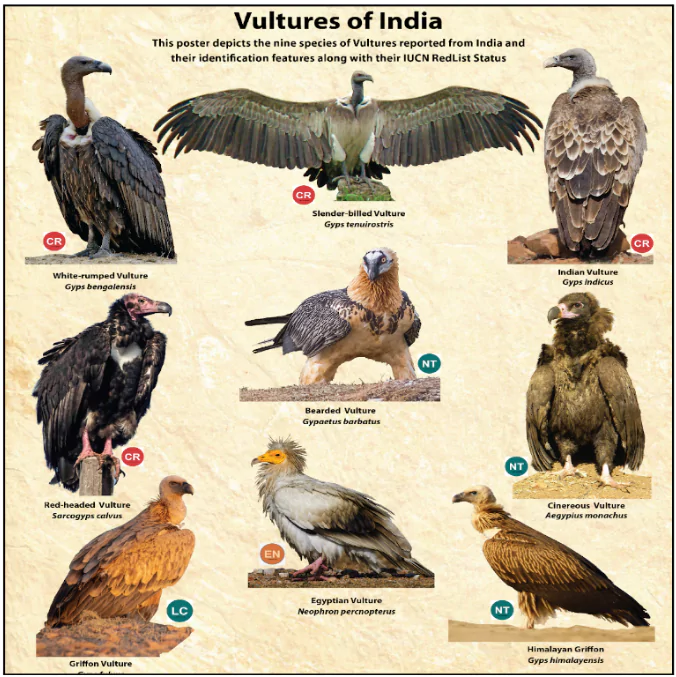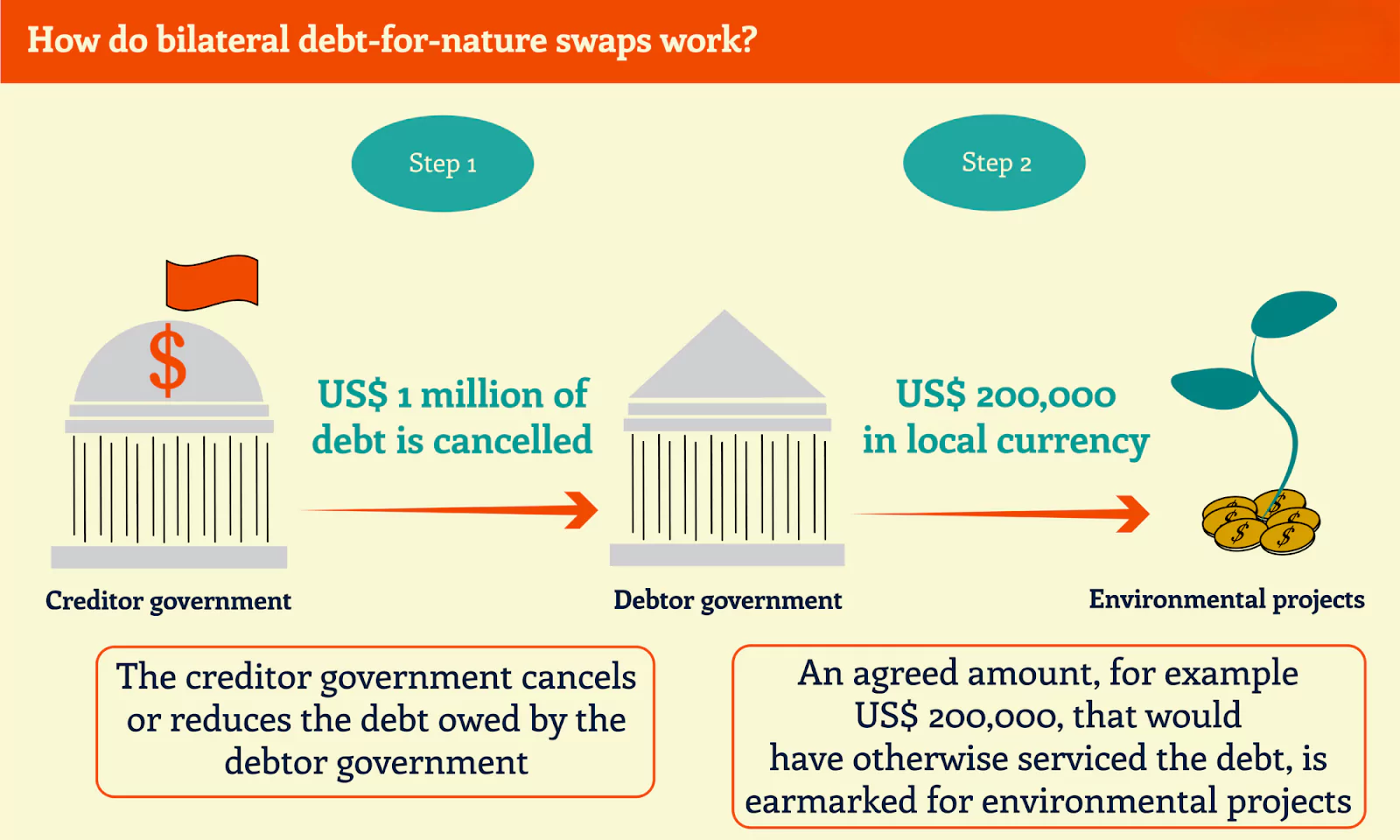![]() 10 Oct 2024
10 Oct 2024
The global wildlife populations have declined by 73 per cent in the last 50 years per biennial the Living Planet Report of the World Wildlife Fund’s (WWF).
 Drivers of Decline: The report highlights that wildlife population declines are primarily driven by habitat loss, degradation, climate change impacts, and invasive species.
Drivers of Decline: The report highlights that wildlife population declines are primarily driven by habitat loss, degradation, climate change impacts, and invasive species.

<div class="new-fform">
</div>